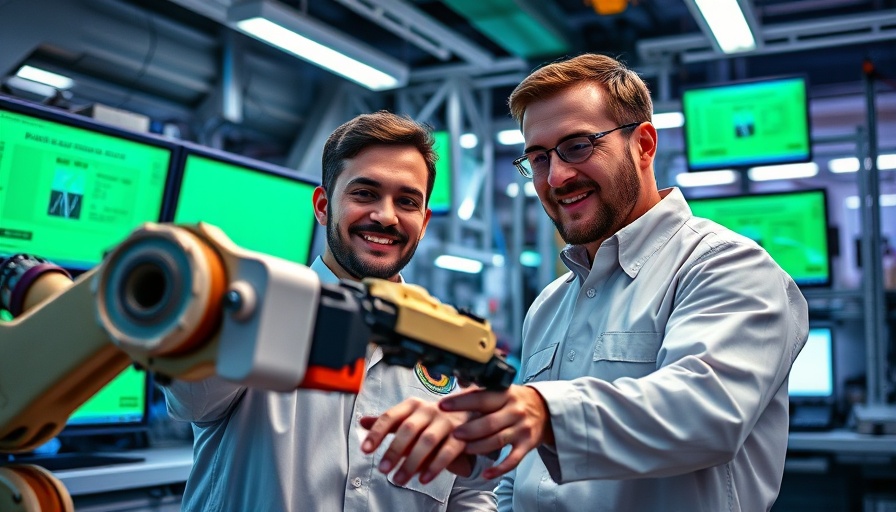
Robot Learning Just Got Smarter
Recent developments in artificial intelligence have taken a significant leap forward with the introduction of RHyME (Retrieval for Hybrid Imitation under Mismatched Execution), a pioneering system designed by researchers at Cornell University. This innovative framework allows robots to learn tasks more intuitively, using just a single how-to video for guidance. Traditional robotic training methods involve structured, step-by-step programming, often leading to frustration when robots face unexpected challenges, such as dropping tools or misaligning tasks. RHyME changes the game, potentially streamlining the training process and reducing the time and resources required for robotic education.
Why Imitation Learning Matters
The concept behind RHyME is rooted in imitation learning, a branch of machine learning inspired by how humans acquire skills. Instead of needing detailed instructions, robots can now learn by observing humans perform tasks, similar to how we learn by watching others. This advancement not only enhances the efficiency of robotics training but also holds the promise of significantly improving robots' adaptability to unpredictable real-world situations.
The Significance of Human-Like Learning
This transformational approach brings robots closer to mimicking human-like fluidity in task execution. According to Kushal Kedia, a doctoral student involved in the project, “We look at other people as inspiration” when learning. By incorporating this human-inspired learning model into robotics, researchers hope to unlock the potential for home robot assistants capable of navigating complex environments. This could fundamentally change personal technology, making robots more accessible in everyday life.
The Challenges Ahead
Despite the exciting breakthroughs, significant challenges remain. Video demonstrations, such as stacking plates or picking up napkins, require precise execution to ensure that robots can effectively learn and replicate actions. Historically, even slight mismatches between the demonstrated tasks and what robots perceive can hinder successful learning. Hence, while RHyME presents a promising solution, engineers must overcome these hurdles to achieve seamless human-robot interactions.
Future Outlook and Implications
As robotics continues to evolve, the integration of systems like RHyME represents a crucial step towards more intelligent machines. With the ability to learn from minimal input, the future of robotics may see household robots assist in daily chores or even work collaboratively in various industries, enhancing productivity and efficiency. The broader implications of this technology could influence not just household dynamics but also reshape industries, making automation more approachable and practical.
 Add Row
Add Row  Add
Add 




Write A Comment